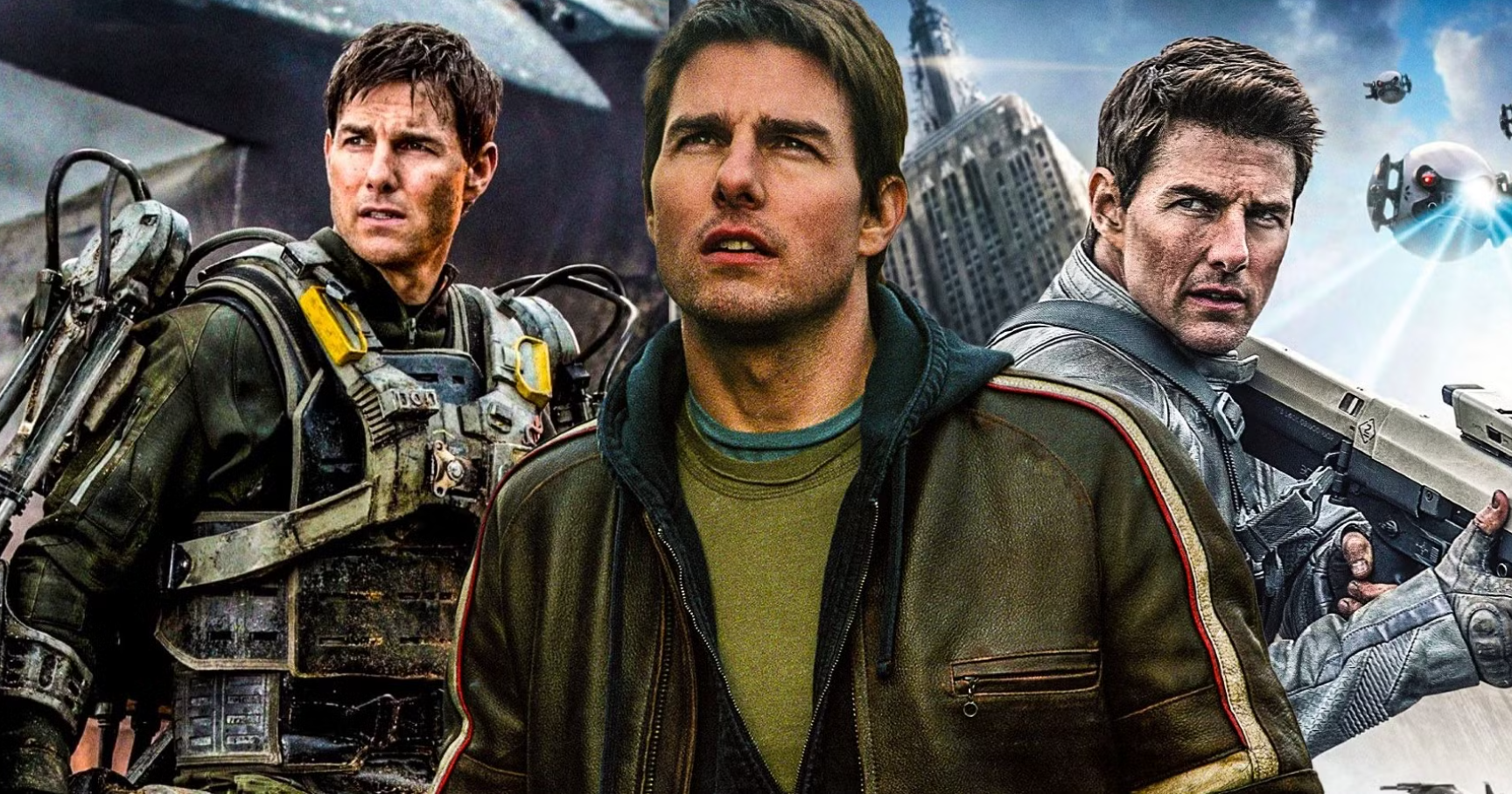If the 1980s were the period when Tom Cruise established himself as one of Hollywood’s brightest stars thanks to films like Top Gun, Risky Business, and Rain Man, then the 1990s were the period when he reached new heights—not just a superstar, but a global icon, a true box office machine. And during that period, there was one particular series of films that not only helped him affirm his position but also changed his life and the way he viewed acting forever: Mission: Impossible.

In 1993, Cruise made a career-changing decision: he founded his own production company, Cruise/Wagner Productions. It was a risky move, but it quickly became one of the most important strategic moves of his career. It was this company that helped make his dream of recreating the Mission: Impossible television series a reality on the big screen. When the first film was released in 1996, it was not only a box office hit, but also the start of an action movie franchise that continues to this day.
But no one—not even Cruise himself—could have foreseen how deeply the series would impact his life.
One of the most iconic moments from the first film is the scene where Cruise’s character Ethan Hunt breaks out of a giant fish tank to escape a life-threatening situation. The scene was originally supposed to be shot by a stuntman. However, director Brian De Palma was not satisfied with the level of authenticity the stuntman showed. In the face of everyone’s hesitation, Cruise made a crazy decision that would later become his “specialty”: performing the action scene himself, despite the risk of drowning due to the large amount of water.

That moment triggered a new instinct within Cruise—a fascination with real action and an obsession with authenticity in film. From then on, he largely refused to use stunt doubles for his stunts. What audiences saw on screen—from swinging off the world’s tallest building, the Burj Khalifa in Dubai, to jumping from a plane at 25,000 feet, to clinging to the side of a plane as it took off—was all Cruise, no special effects, no simulators.
In addition to changing Cruise’s image in the eyes of audiences, the Mission: Impossible series also took the concept of action to a new level. Cruise was no longer an actor—he was a performance artist who lived on the thin line between life and death, and was willing to risk everything to give audiences an irreplaceable cinematic experience.
In the process, Cruise also redefined himself. He was no longer just a star, but an all-around icon—a producer, an action fighter, and an obsessive perfectionist. The Mission: Impossible series changed not only the way he acted, but also the way he lived, worked, and viewed acting.
And perhaps what Cruise “never thought about before” was that action was no longer just part of the role—it became part of his DNA.
